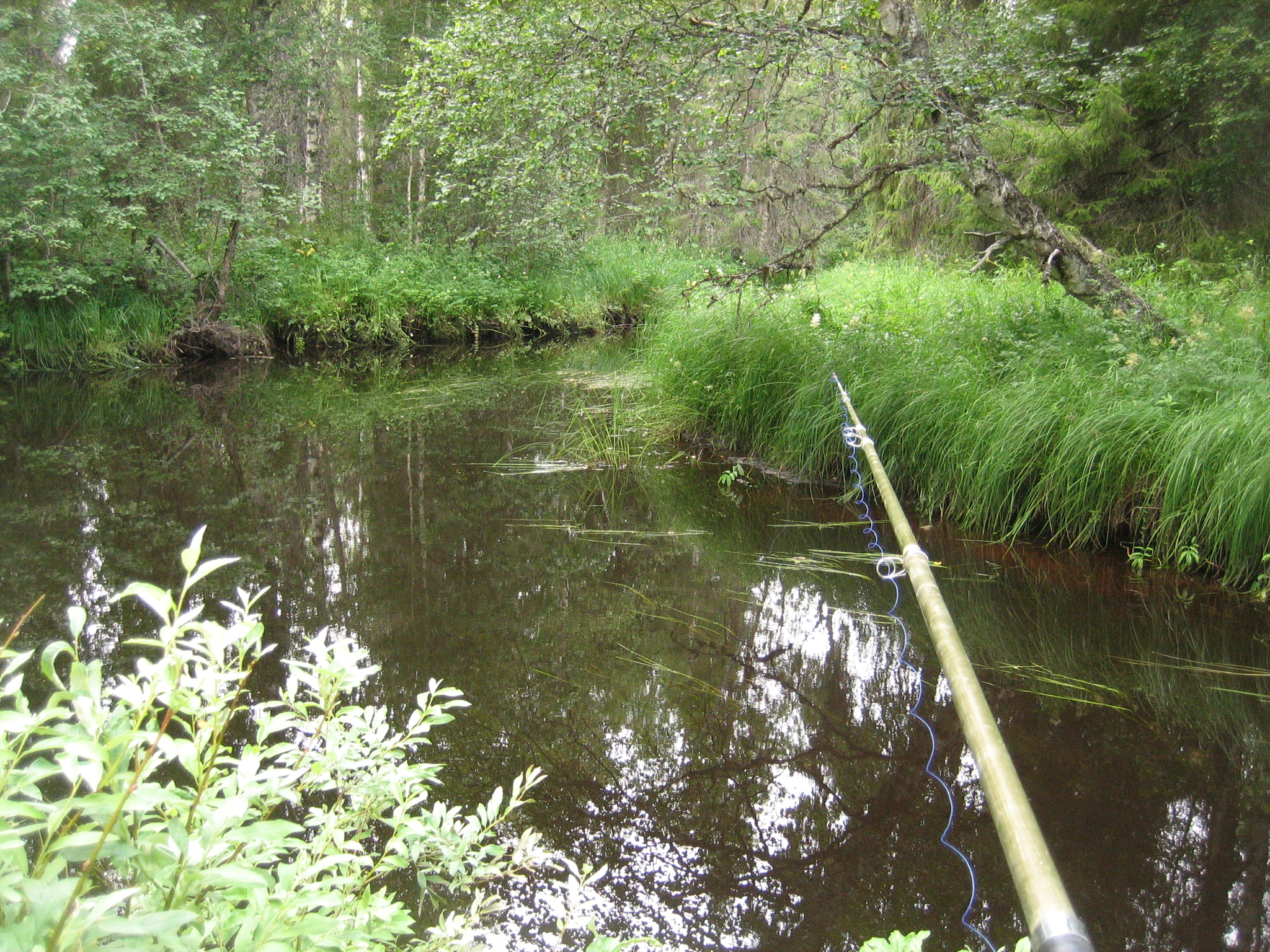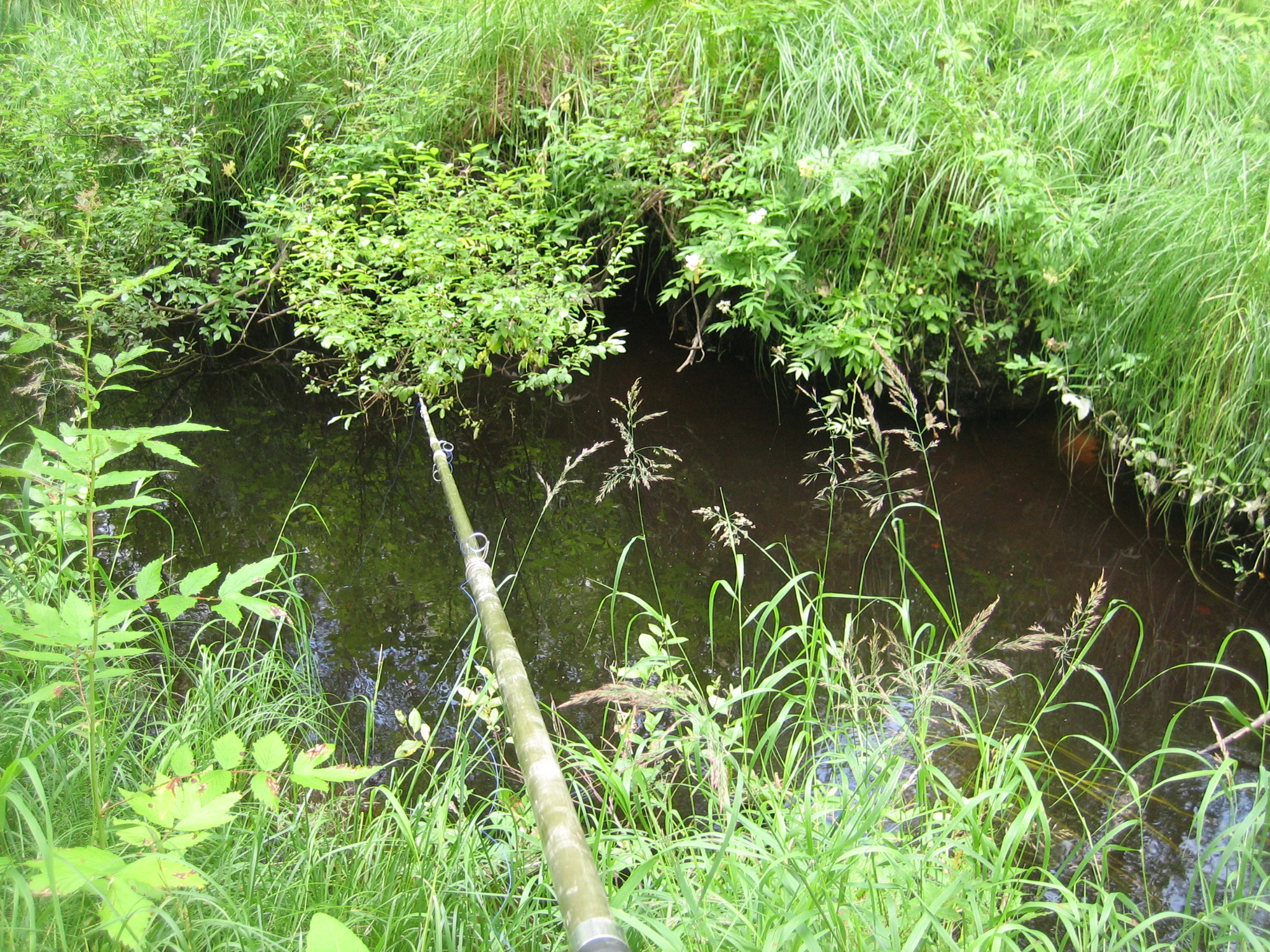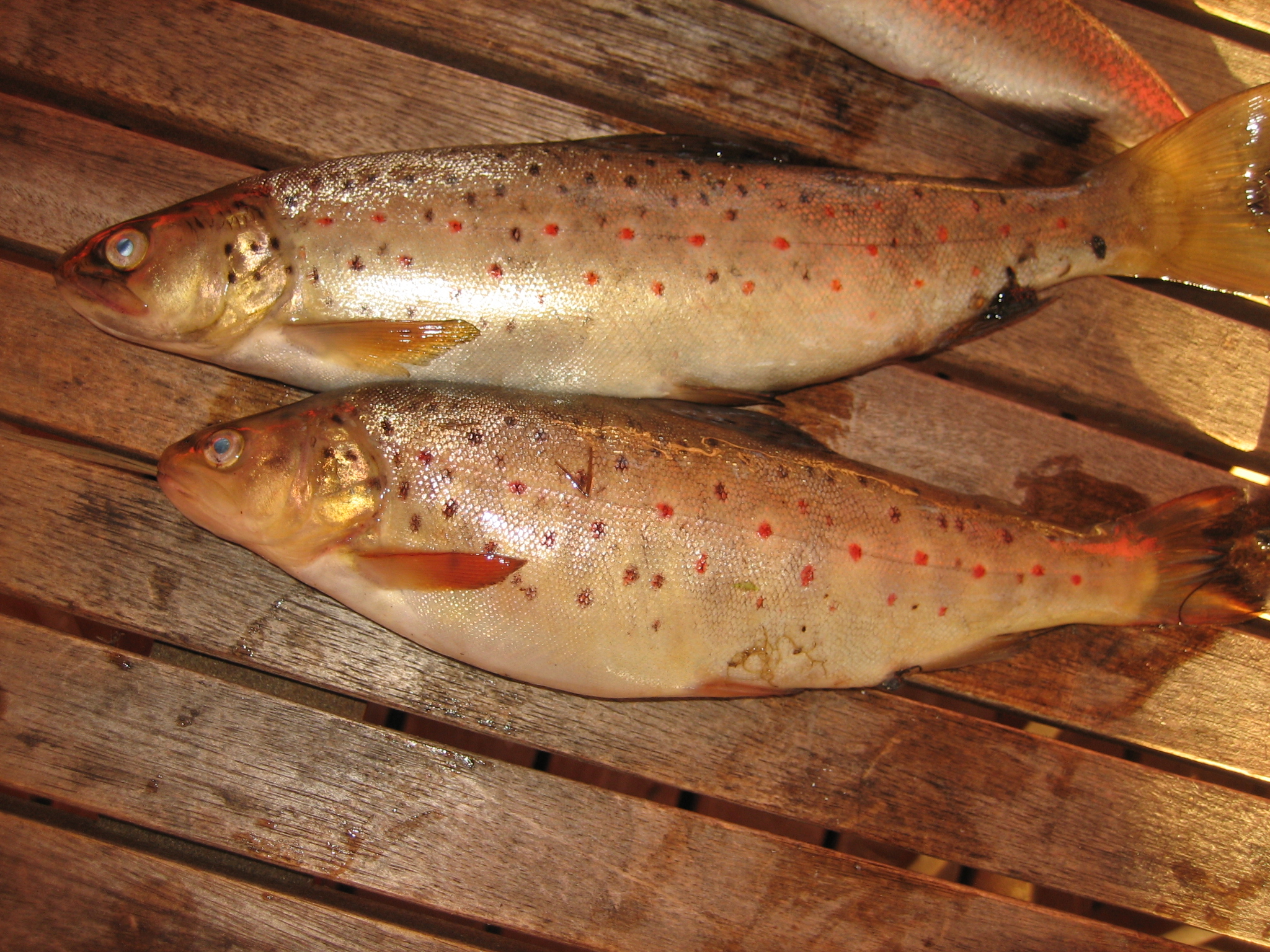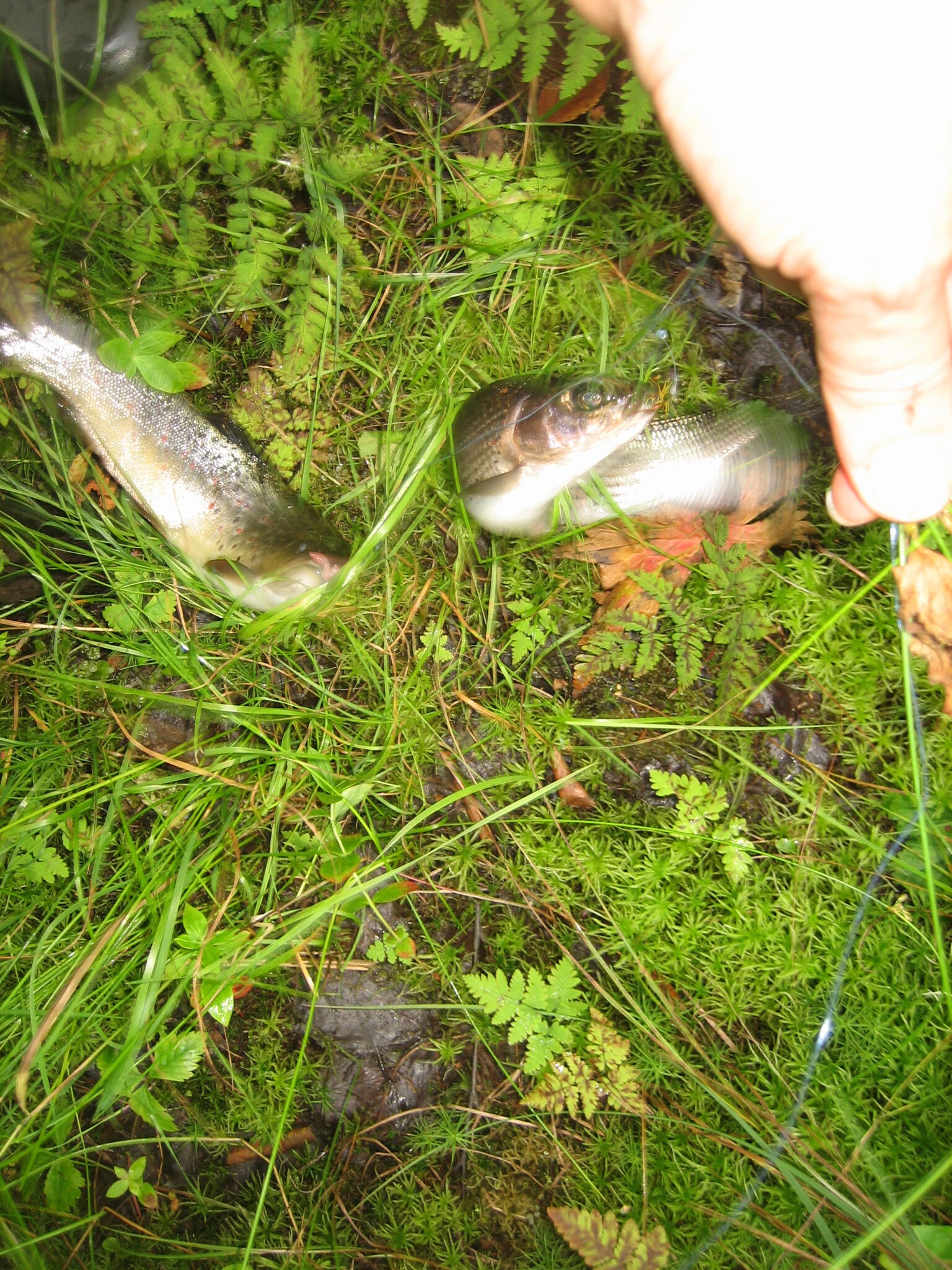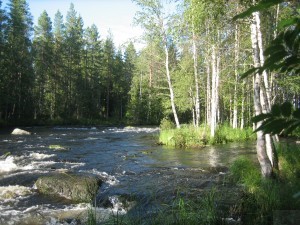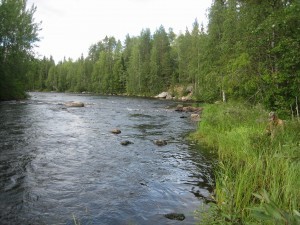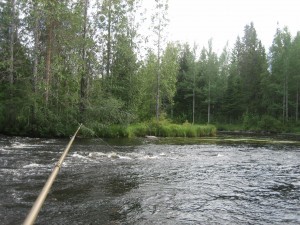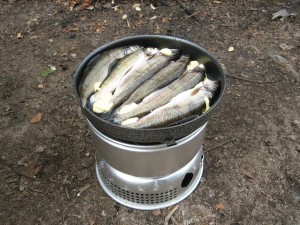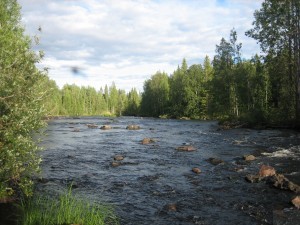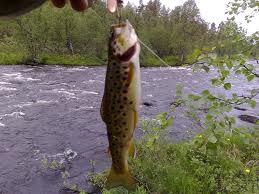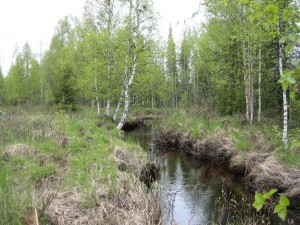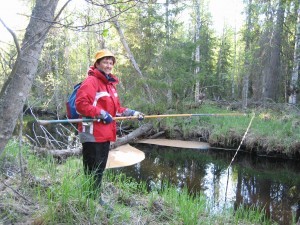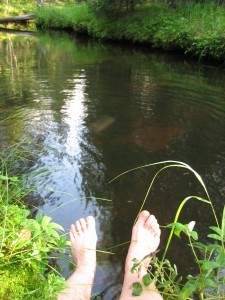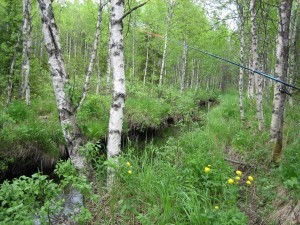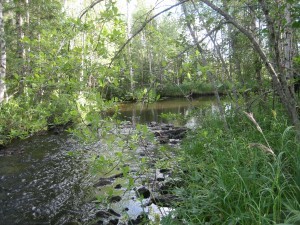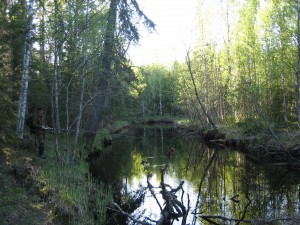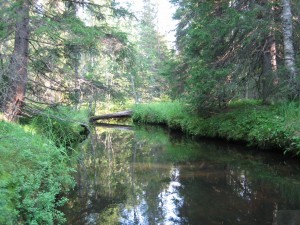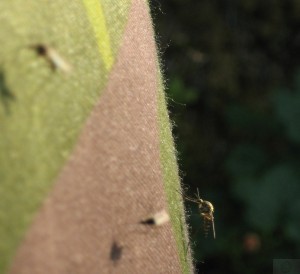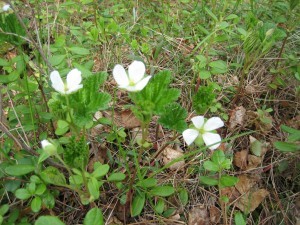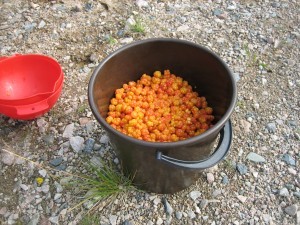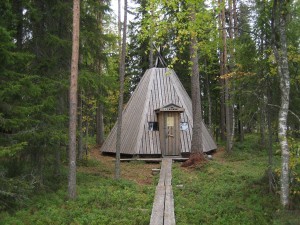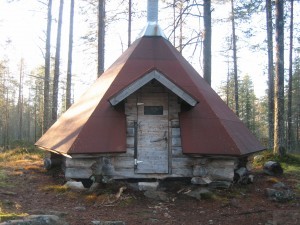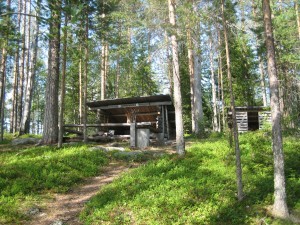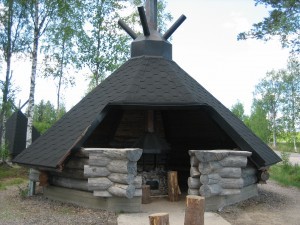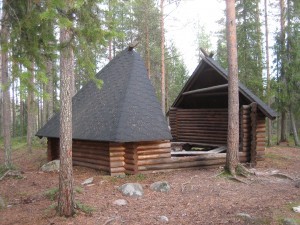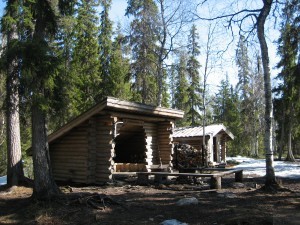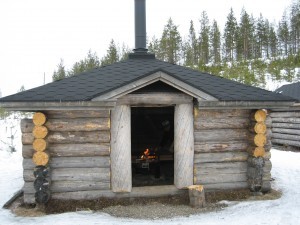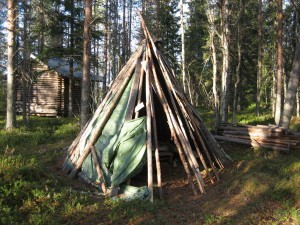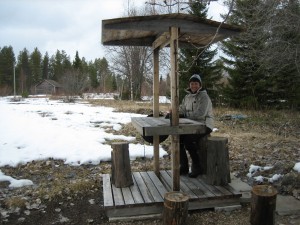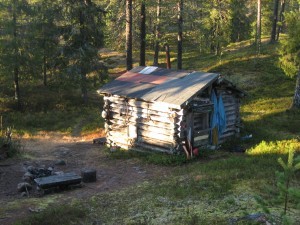One of the high-lights of my every year ice-fishing period is the fishing excursion to Far North; Kilpisjärvi in Lapland. A five hours (450 km) driving along among others the Northern Light road from Rovaniemi to Kilpisjärvi is worth every minute! The experience of going fishing on a river between the Swedish and the Finnish fells in the wilderness is just outstanding!
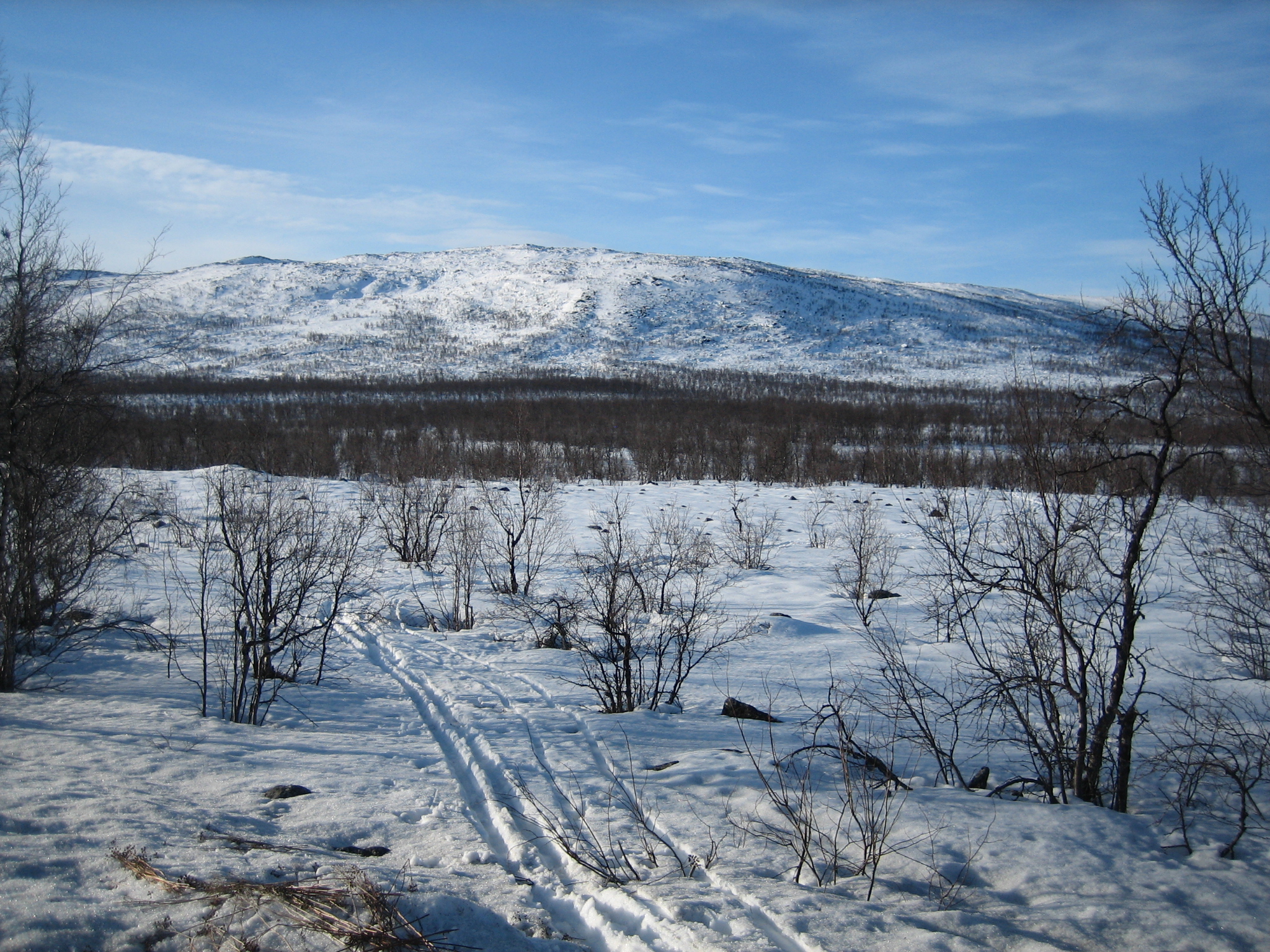
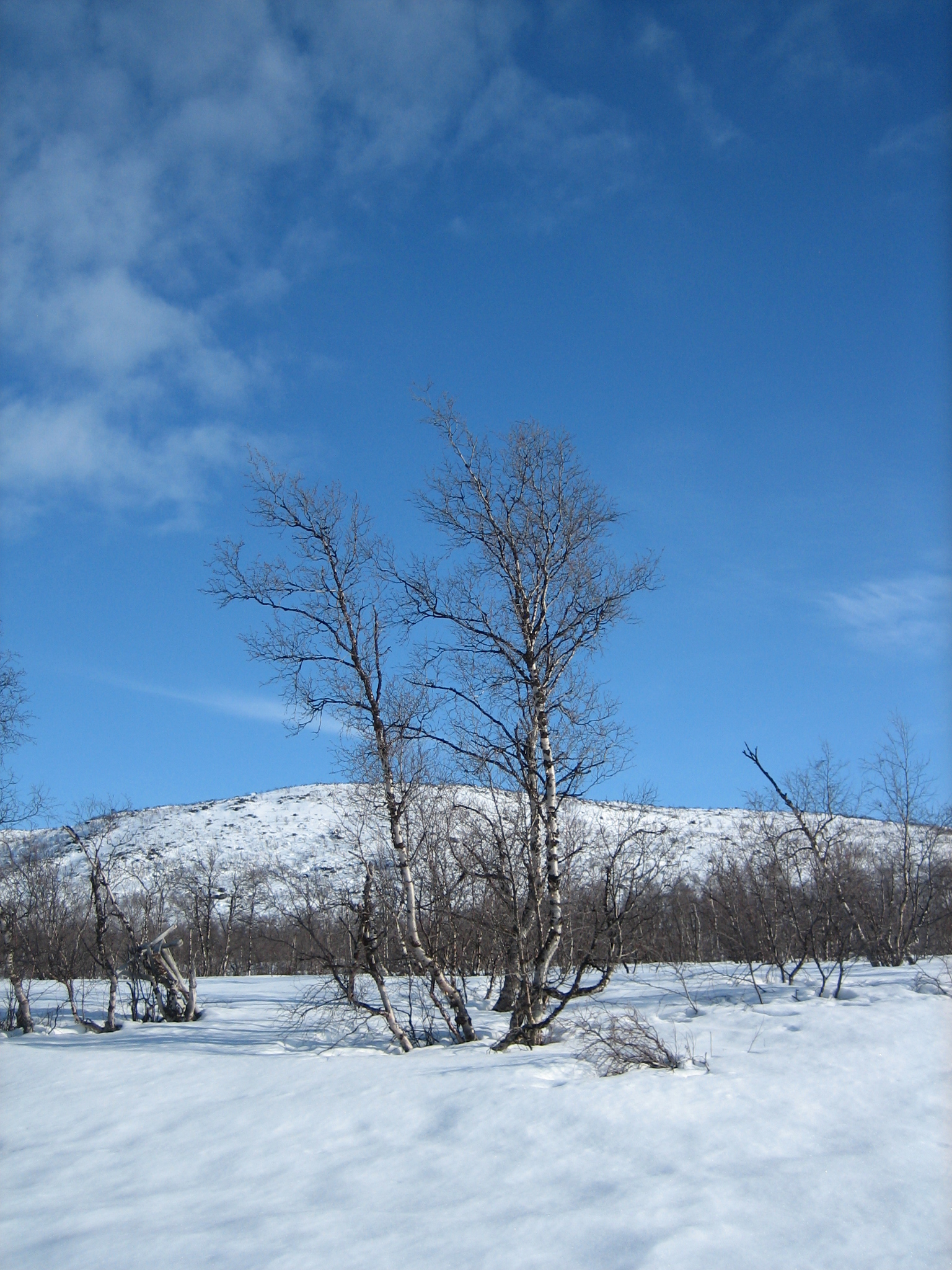
This year’s trip took place on April 24th to 28th. The weather was really too perfect; sun, no wind and temperature around -2 to +2 Celsius. You could not ask for better outdoor weather in April in Lapland! Use sun protection on your skin and sun glasses to protect your eyes. The sun shining from a clear blue sky on to a snow white river for several hours a day is hard. In spite of all protection I always end up with the first sun burn of the year in my face and acing eyes because of the sun shine.
Me and my friends spent five days on the ice on the river of Könkämäeno in the so called “arm” of North Finland along the Swedish border. The river was frozen with about 0,70 to 1 meter ice, except for the two rapids that were open, and the hole making definitely needed a power auger. Once the holes were opened they really did not freeze that much during the nights. It was easy to break the thin ice in the holes in the mornings with your boot.
The river Könkämäeno is the last part of a long river starting from Kilpisjärvi lake, going along the Swedish border, changing name to first Muonionjoki and at the end to Tornionjoki before it ends up in the Gulf of Bothnia near the city of Tornio. This was the 6th time I made this trip and it has always been rewarding with a lot of fish. The fish would be greyling (Thymallus thymallus), whitefish (Coregonus lavaretus), pike (Esox lucius) and occasionally also trout (Salmo trutta). This time was no exception. We ended up with three pikes, one trout and a lot of whitefish and greylings. Greyling is a typical river fish in the north of Finland and it is very frequent in Könkämäeno. I love the taste of this fish and it is also very challenging to catch! As we spoke to some local people we although got the impression they value whitefish more than greylings.
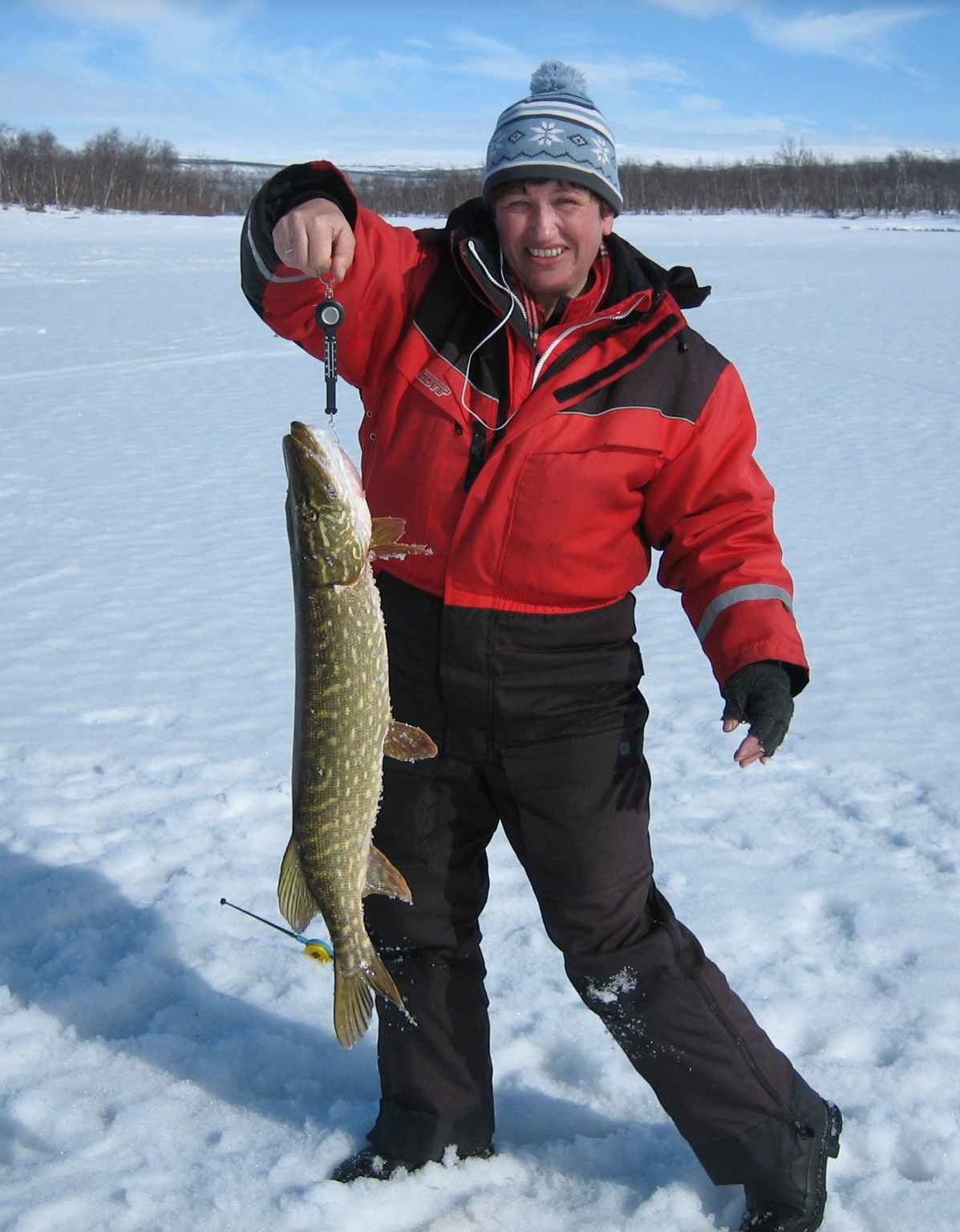
I had a big catch of a 3,2 kg pike. The challenge of getting it on to the ice was great, but frankly, I did not want that kind of fish. It is just too big to be tasty. I valued a lot more the trout I got the same day!

And greyling is a really tasty fish. 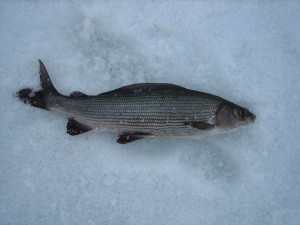
The water in Könkämäeno is so clear and clean that you can actually see the bottom of the river up to 2 meters down through the holes. The water is of course streaming as it is a river and that is another challenge when ice-fishing. The rod and line do not go straight down as usually when ice-fishing in lakes, but they follow the stream and you could have some difficulties to find out the depth of the water.
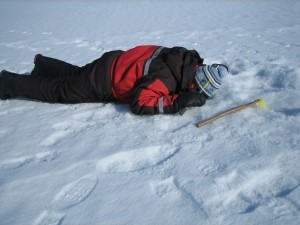
During the day there are several different times when the fish is easier to catch and times when there seem to be no fish at all in the river. One of the times when there were no catches for a couple of hours I got inspired to have a look through the hole down into the water. And I found out there were a lot of fish and they just moved around down there without paying any attention whatsoever to my hook with the delicious larva! They actually did not have any appetite at all at that time. It was amazing looking at the swimming fish in the absolutely clear water! Even if they came near and sniffed at my bite they did not try to eat it!
During such a time of the day you just have to find other things to do. We made a log fire and fried some sausages and had coffee and sandwiches and above all: enjoyed the perfect weather. There were some Whooper swans (Cygnus cygnus) flying over looking for water to swim in. Without success, of course. We also could watch the little White-throated Dipper (Cinclus cinclus) making dives into the part of the rapids that was ice-free.

Greyling and trout spend a lot of time in the streaming water heading towards the rapids, while the whitefish is to be found more in still waters. Along the river, between the rapids, there are both streaming water and also the stream pool. A stream pool, is a stretch of a river or stream in which the water depth is above average and the water speed is quite below average. We were fishing in both of these areas. The 1,5 kg trout I caught was to be found in the area where the stream pool changes into streaming water. This time we had difficulties to find out where the whitefish were. From earlier years we knew about a few places where they had been found. But this year we ended up with three pikes from that area. I do not know, but had the pikes frightened away all the whitefish? We never really found out where the whitefish had gone.
The time we spent sitting on the ice varied from 6 to 12 hours per day. People, who do not understand the philosophy of ice-fishing could ask me: “What is the use of sitting for hours staring at a hole in the ice?!” I could only answer: “There is no use whatsoever!” But to spend time wondering about life and its opportunities and enjoying the nature around you. There is always the possibility to catch something to eat, of course. I can promise you the fish in Lapland is really delicious! It is also challenging to always be alert if there is a catch and not least, the challenge of getting a really big fish up through the hole in the ice without breaking the hook or the line. Sometimes it happens the fish releases itself before you get it on to the ice, and the feeling of disappointment is always a fact. But that disappointment you soon forget as you get a new catch!
